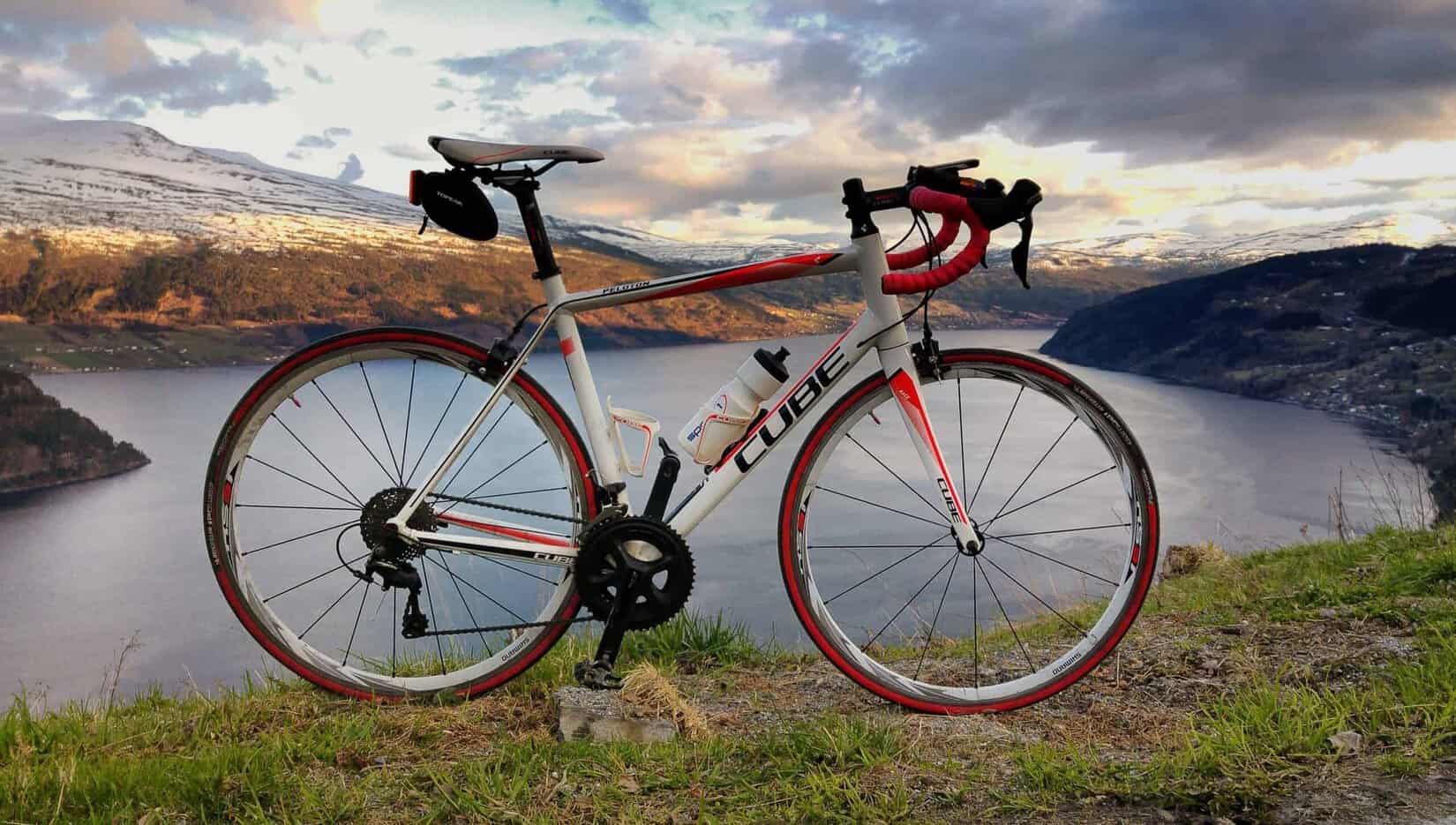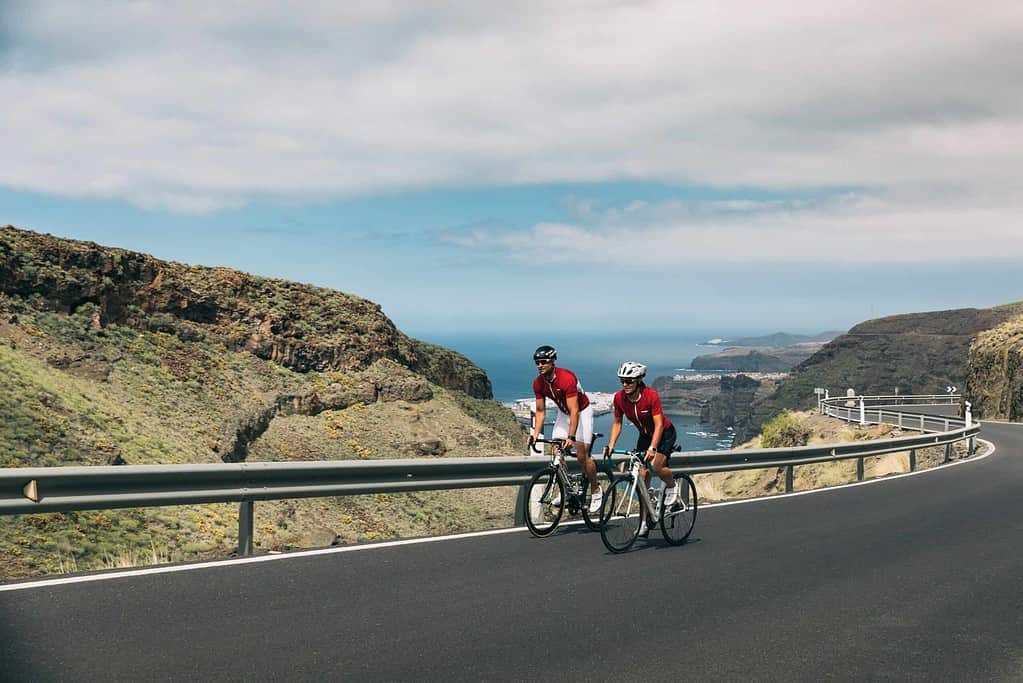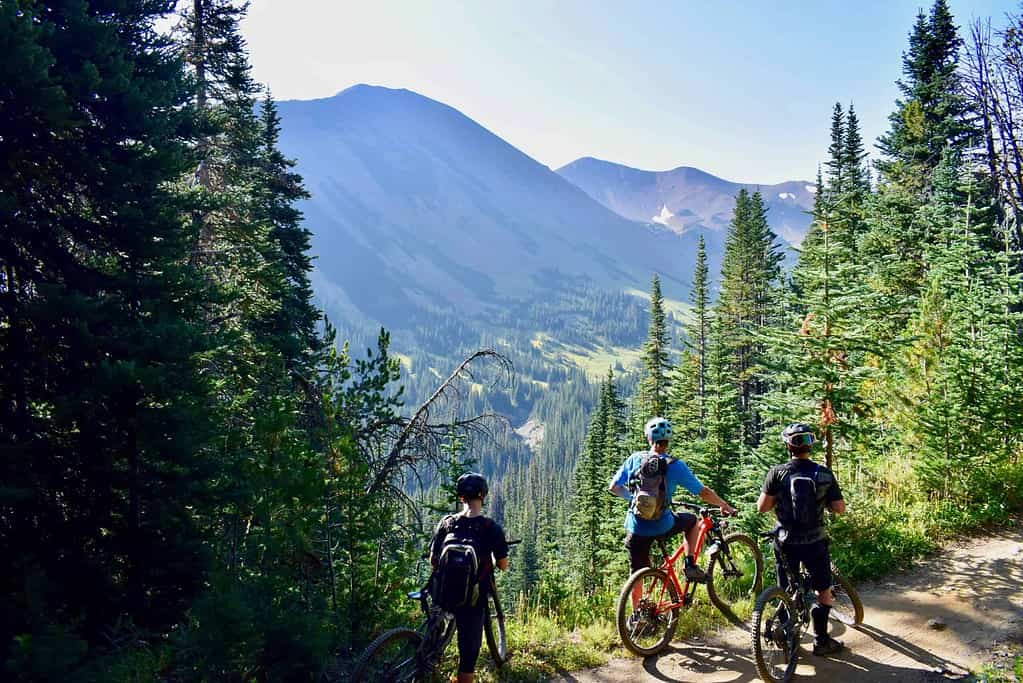How Pilates can benefit cyclists

If you wake up early in the morning on weekends, you will see groups of cyclists on the highways and expressways, pedaling away. One would assume that cycling requires a lot of strength only in the legs, but there is a lot of core and upper body work happening as well. In this blog, we will be looking at how you can make your experience of cycling more relaxed and injury-free by using the right gear and training with Pilates.
Cycling as a leisure sport
Once used as a mode of transport in a non-motorised world, cycling is one of the most popular leisure activities in the world. A lot of cities are now encouraging cycling as a mode of local transport again to reduce vehicular emissions and promote healthy lifestyles. Over time, it has also developed into a sport where cyclists compete in bike races and triathlons. In general, cycling is a non-impact cardiovascular activity that can be enjoyed by children and adults alike.
Choosing the gear

The type of bike you should choose depends on where you will be biking. Some people cycle on the empty roads in the cities and others like to go off-road, in the hills. Depending on where you are cycling, there are different types of bikes. The Mountain terrain bike has wide knobby tires with excellent braking systems and shock absorbers, to allow the biker to navigate rocky terrain and the uphill climb. The Road bike has skinny tires and downward-turned handlebars which are super lightweight and allow for speed. There is a bike that has features of both the Mountain and Road bike and is called the Hybrid bike. All these bikes are geared. There are other non-geared bikes available as well, but these three are the most popular varieties.
Now, whether you choose a Mountain, Road, or Hybrid bike, the most important thing to look at is the seat. The height and the cushioning of the seat go a long way in making your cycle your riding best friend. Nitin Kibe, an avid cyclist, emphasises choosing the right frame for your height as that will give you a better posture while riding. When you stand next to the bike, the seat should be at your hip. Also, he says that no matter how great the ergonomics of the cycle, if the seat is not good for you, you will tire out easily and probably start disliking the cycle because of it.
Not only the padding, the position of the seat in relation to the pedal, and where your foot reaches when you sit on it can also affect your posture in the long run. There is a popular misconception that when you sit on your seat, your feet should touch the ground, but that can result in knee pain. Glenn Withers of APPI (UK) talks in-depth about this in his video.
Apart from the seat, Anjali Kibe, another cyclist says that the clothing you wear is also important. To prevent abrasion, there are padded cycling shorts available for those cycling for long distances. Helmets and gloves are also essential to prevent serious injuries in case you fall. And if you are going mountain biking, wearing wind-blocking jackets and light layers is essential to maintain body heat while climbing uphill.
Improving posture and strength for cyclists
Cycling like any sport can lead to overuse injuries or posture-related pain. No matter the professional gear, if your posture is wrong, you will end up having injuries.

Pilates is a great addition to your routine so that injuries and pain do not take away from the fun of cycling. Here are some things you need to train for:
Core strength:
Yes, we harp on and on about core strength. But truly, we cannot emphasise enough the importance of having a strong core. Your core muscles support your spine, if they are weak, the spine will not be in neutral and this can lead to pain in the lower back or neck. As cyclists, you are required to lean forward and hold on to the handlebars at all times. If your core cannot hold your spine up in the right posture, you will tire out easily and not go as far as you want to. And as you know by now, all Pilates exercises start from the core.
Shoulder and upper back strength:
Cycling is not just about the lower body. You need strong shoulders and upper back to keep the controls on your handlebars. Some people cycle with backpacks on their back, which adds to the weight on your shoulders. In Pilates, we ensure you do shoulder stability and mobility exercises so that you don’t start shrugging and end up with a stiff neck while cycling. Exercises like the scapular glides, plank series and side plank series train you to hold your upper body in the right posture for long durations
Ankle mobility:
To cycle optimally, you require good mobility in your ankle joint. The connect of your feet on the pedal gives you feedback from the cycle on your position in space. Thus, your balance and the power with which your can cycle is depended on your feet. One of the basic exercises that we start with is footwork on the Pilates equipment. This trains your body to understand where we are exerting pressure from on the foot and helps in mobilizing the ankle joint.
Quadriceps, hamstrings, and calf muscles:
The big muscle groups of your legs are being worked on during cycling. They might not need more strengthening, but they surely need to be stretched. In Pilates, we work on all muscles concentrically and eccentrically. This means that the muscles will be contracted and lengthened simultaneously to develop longer leaner muscles. This will prevent any tightness or cramps while you cycle.
Glutes, adductors, and abductors:
These muscles aid the action of cycling; but more than that, these muscles help keep the knee joint safe. The alignment of the knee in relation to the ankle on the pedal is essential to keep the knee joint safe and prevent injuries. Having strong glutes and abductors helps in preventing the wear and tear of the knee joint. With the standing exercises, bridge variation, and side-lying series in Pilates, you can get buns of steel!
Balance:
This is a no-brainer. As cyclists, you need to be able to balance the bike to prevent falls. In Pilates, we put a lot of emphasis on unilateral work and balance training. It is a combination of core strength and the proprioception in the feet that prevents imbalance and Pilates can help you with that.
Nitin Kibe says, “Many people think that we cycle with our quads, but actually we use our core muscles to cycle.” He adds that cycling does put a lot of pressure on your legs though, any exercise that helps you relieve that strain is beneficial. Pilates, with its emphasis on the core and strength training that builds lean muscles, is perfect for cyclists.
Watch the Youtube video below for some exercises which can benefit all cyclists.
At Moushu’s Pilates, we run specialized programs for sportspersons based on their varying needs. Schedule an assessment session and find out which class will suit you the best.
Special thanks to Anjali and Nitin Kibe for their inputs.
